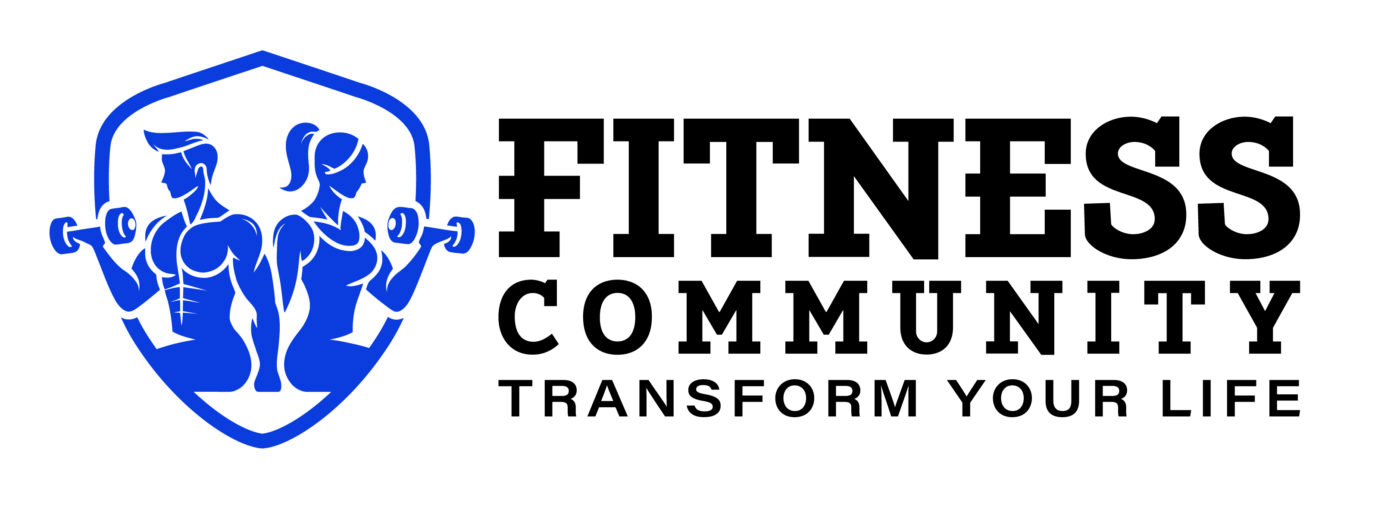STRENGTH TRAINING
Strength Training for Women: Build Muscle, Boost Metabolism, and Enhance Overall Health
Strength Training: A Must for Women of All Ages
Strength training isn’t just for bodybuilders or athletes—it’s a crucial element of a well-rounded fitness routine for women at any stage of life. Whether your goal is to enhance muscle tone, boost metabolism, or improve overall health, incorporating strength training into your workouts offers countless benefits. For many women, the idea of lifting weights or using resistance equipment might feel intimidating, but understanding the science behind it can shift this perspective. Strength training builds muscle, promotes fat loss, and enhances overall strength, making it an essential component of women’s fitness.
The Benefits of Strength Training for Women
Strength training provides a host of benefits that go beyond just aesthetics. When performed consistently, it helps build muscle mass, strengthen bones, and boost metabolism—all of which contribute to long-term well-being. Developing muscle through strength training aids in maintaining a healthy body composition by reducing fat while promoting a toned, lean physique. Additionally, it enhances functional fitness, making daily activities like lifting groceries, climbing stairs, or carrying children easier and more efficient. Stronger muscles also improve balance and stability, reducing the risk of injury.
How Strength Training Builds Muscle and Boosts Metabolism
Strength training effectively stimulates muscle growth by creating small tears in muscle fibers. As your body repairs these fibers, they become thicker and stronger, resulting in increased muscle mass over time. This process also leads to a higher calorie burn, even when you’re at rest. This phenomenon, known as the “afterburn effect,” keeps your metabolism elevated long after your workout ends, contributing to sustained calorie expenditure.
Additionally, muscle tissue requires more energy to maintain than fat, meaning that the more muscle you have, the higher your resting metabolic rate (RMR) will be. Strength training plays a significant role in long-term weight management by increasing the number of calories your body burns at rest. While cardiovascular exercise is essential for heart health, incorporating strength training is a powerful way to optimize fat loss and boost overall metabolism.
Essential Strength Training Exercises for Women
Compound Movements
For women looking to build muscle and boost metabolism, compound movements should be the foundation of any strength training routine. These exercises engage multiple muscle groups at once, making them both time-efficient and highly effective. Some key compound exercises include:
Squats: Strengthens the legs, glutes, and core, making it a must-have lower-body movement.
Deadlifts: Works the entire body, with an emphasis on the hamstrings, glutes, and lower back.
Lunges: Targets the legs and glutes while improving balance and coordination.
Push-ups: A powerful upper-body exercise that engages the chest, shoulders, and arms.
Isolation Exercises
While compound movements form the core of a workout routine, isolation exercises help target specific muscles for enhanced definition. These exercises focus on smaller muscle groups and assist in correcting imbalances or weaknesses. Key isolation exercises include:
Bicep Curls: Strengthens the biceps and forearms.
Tricep Dips: Focuses on defining and strengthening the triceps.
Leg Extensions: Isolates the quadriceps to enhance leg strength and definition.
Designing an Effective Strength Training Routine
Frequency and Reps
For beginners, strength training two to three times per week is a great starting point, with at least one rest day in between sessions. As you progress, you can increase the frequency to four or five times a week based on your fitness goals and recovery needs. Aim for 3-4 sets of 8-12 repetitions per exercise, ensuring that the last few reps of each set are challenging.
Rest and Recovery
Rest is a critical part of strength training. Muscles need at least 48 hours of recovery between training sessions targeting the same muscle groups. This recovery phase is when muscles repair and grow stronger. Stretching, foam rolling, and getting sufficient sleep also play essential roles in reducing soreness and promoting muscle recovery. Incorporating active recovery days, such as light walking, yoga, or stretching, helps maintain movement while allowing muscles to heal.
Debunking Strength Training Myths for Women
Many misconceptions exist about strength training for women. One of the most common is the fear that lifting weights will result in a bulky physique. In reality, due to lower testosterone levels, it is difficult for women to gain excessive muscle mass. Instead, strength training leads to a lean, toned appearance. Another misconception is that strength training is only for muscle gain. However, as discussed earlier, it also enhances metabolism, improves bone density, and promotes overall fitness and longevity.
Embrace Strength Training for a Stronger, Healthier You
Strength training is a transformative tool that helps women build muscle, enhance metabolism, and achieve a toned, strong body. By incorporating compound and isolation exercises, creating a structured workout routine, and prioritizing rest and recovery, women can reach their fitness goals and improve overall health. Overcoming common myths and recognizing the benefits of strength training can empower women to build confidence and make strength training a key part of their fitness journey. Whether you’re a beginner or an experienced lifter, strength training is a vital investment in your long-term health and wellness.

